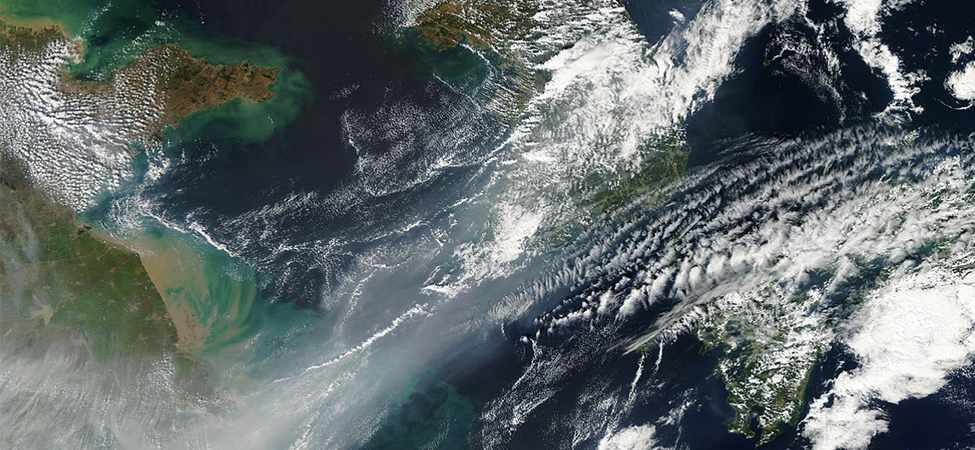| << Chapter < Page | Chapter >> Page > |

Heat is energy in transit, and it can be used to do work. It can also be converted into any other form of energy. A car engine, for example, burns gasoline. Heat is produced when the burned fuel is chemically transformed into mostly and which are gases at the combustion temperature. These gases exert a force on a piston through a displacement, doing work and converting the piston’s kinetic energy into a variety of other forms—into the car’s kinetic energy; into electrical energy to run the spark plugs, radio, and lights; and back into stored energy in the car’s battery.
Energy is conserved in all processes, including those associated with thermodynamic systems. The roles of heat transfer and internal energy change vary from process to process and affect how work is done by the system in that process. We will see that the first law of thermodynamics puts a limit on the amount of work that can be delivered by the system when the amount of internal energy change or heat transfer is constrained. Understanding the laws that govern thermodynamic processes and the relationship between the system and its surroundings is therefore paramount in gaining scientific knowledge of energy and energy consumption.

Notification Switch
Would you like to follow the 'University physics volume 2' conversation and receive update notifications?